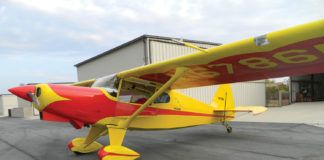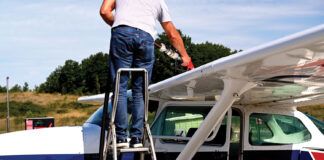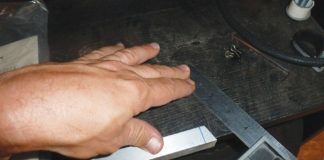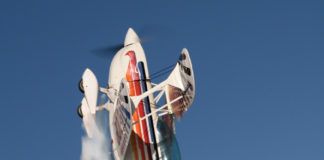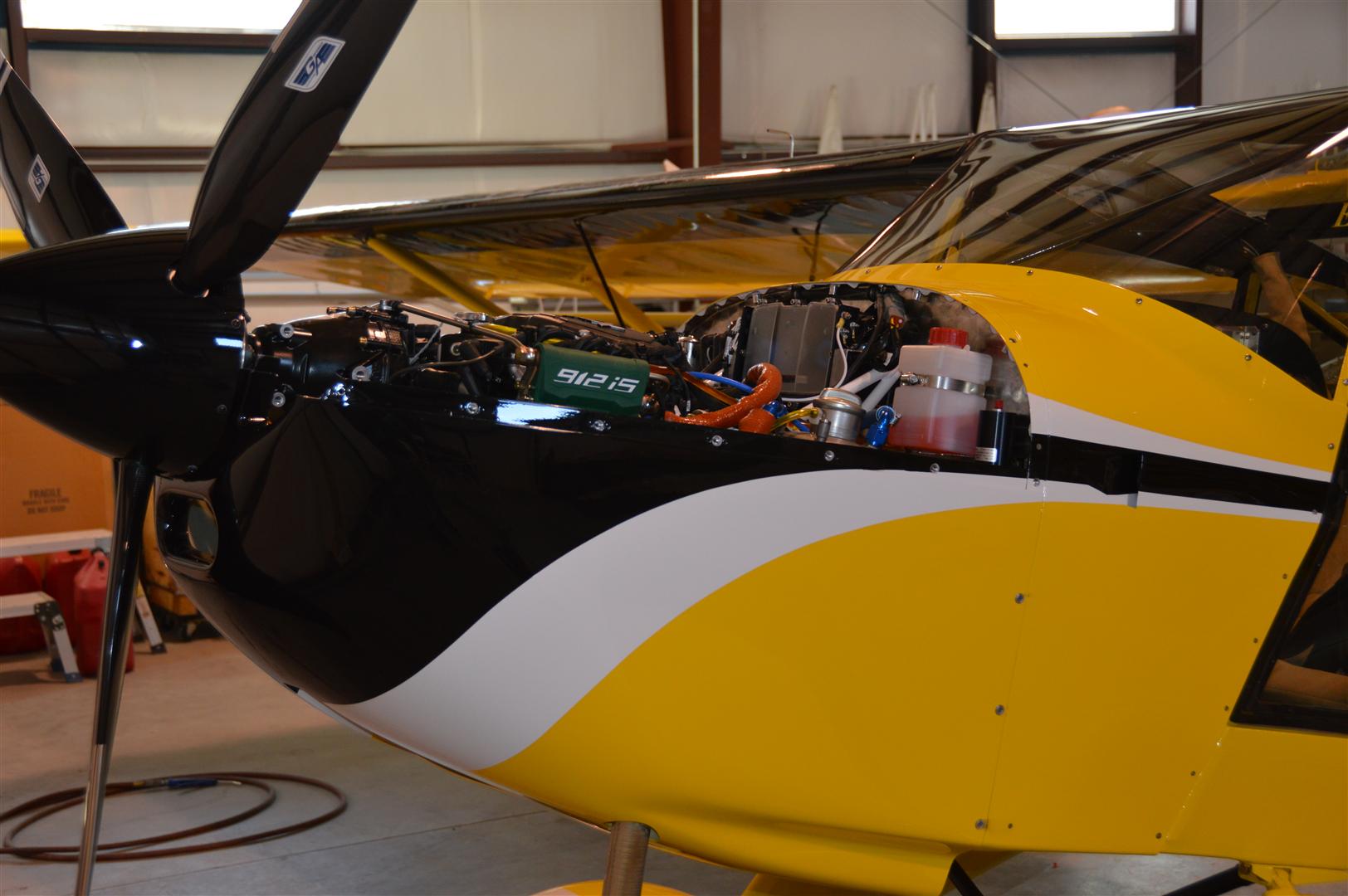 Kitfox recently released a flurry of press releases announcing two new engine options for its Experimental/Amateur-Built kit and factory-built Special Light Sport Aircraft (SLSA), along with a new flight training program that uses Kitfox airplanes.
Kitfox recently released a flurry of press releases announcing two new engine options for its Experimental/Amateur-Built kit and factory-built Special Light Sport Aircraft (SLSA), along with a new flight training program that uses Kitfox airplanes.
First, Kitfox announced that it will offer the new Rotax 912 iS fuel-injected engine on both the Kitfox SLSA and the kitbuilt versions, claiming to be the first company to offer a firewall-forward package for the latter. The flight-test program for the 912 iS-equipped aircraft is ongoing, with a flight planned from the company’s Homedale, Idaho, headquarters to the Light Sport Aircraft Expo in Sebring, Florida, later this month (January 17-20). One major difference with the 912 iS engine, says Company President John McBean, is the requirement for a fully electronic instrument package. “The normal option is to use the Rotax-supplied engine monitor, but we have been working closely with the team at Advanced Flight Systems to allow full display of engine parameters on the AF-5000 EFIS series.” The Rotax 912 iS is installed in a Kitfox Super Sport 7, the same airframe that has been the test-bed for the Rotec radial engine, and more recently, the Lycoming O-233 purpose-built LSA engine.
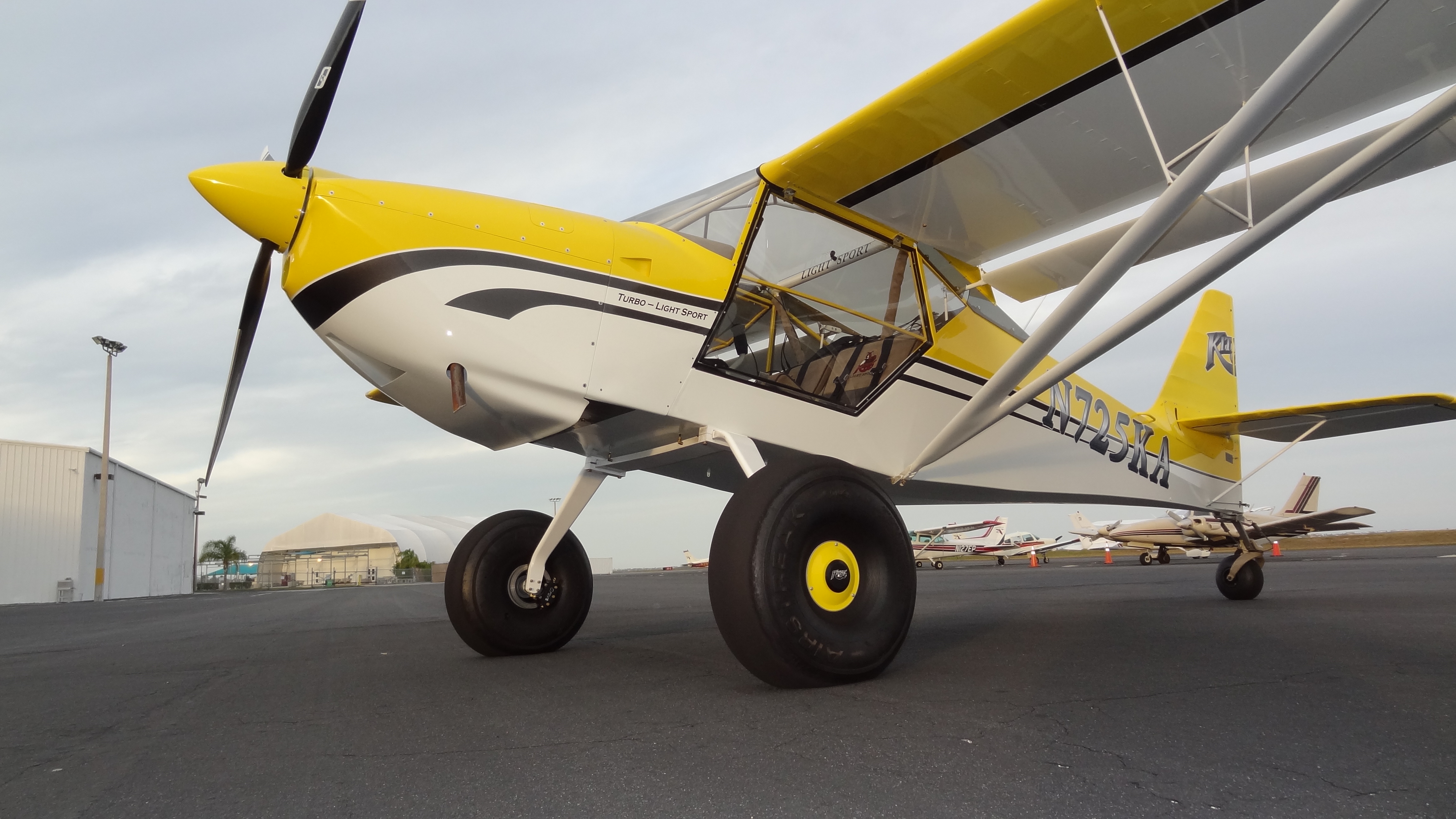 Kitfox added that it will offer the turbocharged Rotax 914 engine as an option on both the kitbuit and the SLSA airplanes. “The Kitfox is a good performer on 100 horsepower,” McBean said. “But with turbocharged 115 hp, it’s a beast.” He went on to explain that the factory planes are often used in the Idaho backwoods, where summertime temps can mean high density altitudes. He reported that the 914-powered Rotax will maintain takeoff power (115 hp) up to 8000 feet, and continuous power (100 hp) to 16,000 feet.
Kitfox added that it will offer the turbocharged Rotax 914 engine as an option on both the kitbuit and the SLSA airplanes. “The Kitfox is a good performer on 100 horsepower,” McBean said. “But with turbocharged 115 hp, it’s a beast.” He went on to explain that the factory planes are often used in the Idaho backwoods, where summertime temps can mean high density altitudes. He reported that the 914-powered Rotax will maintain takeoff power (115 hp) up to 8000 feet, and continuous power (100 hp) to 16,000 feet.
Also announced was that Stick & Rudder Aviation, a Boise, Idaho-based Sport Pilot flight training program, has acquired two new Kitfox SLSA. One is the 914-powered version, and the other is powered by the 912 iS engine. Paul Leadabrand of Stick & Rudder pointed out that using the turbo version of the Kitfox extends the day for students and instructors alike, as the less time needed to climb or to access a remote field, the more time can be spent teaching and practicing landings.
For more on Kitfox Aircraft, visit www.kitfoxaircraft.com. For more on Stick & Rudder Aviation, call 208/477-1318.










